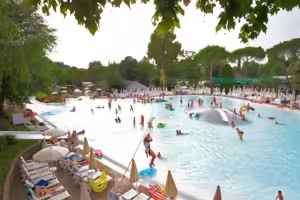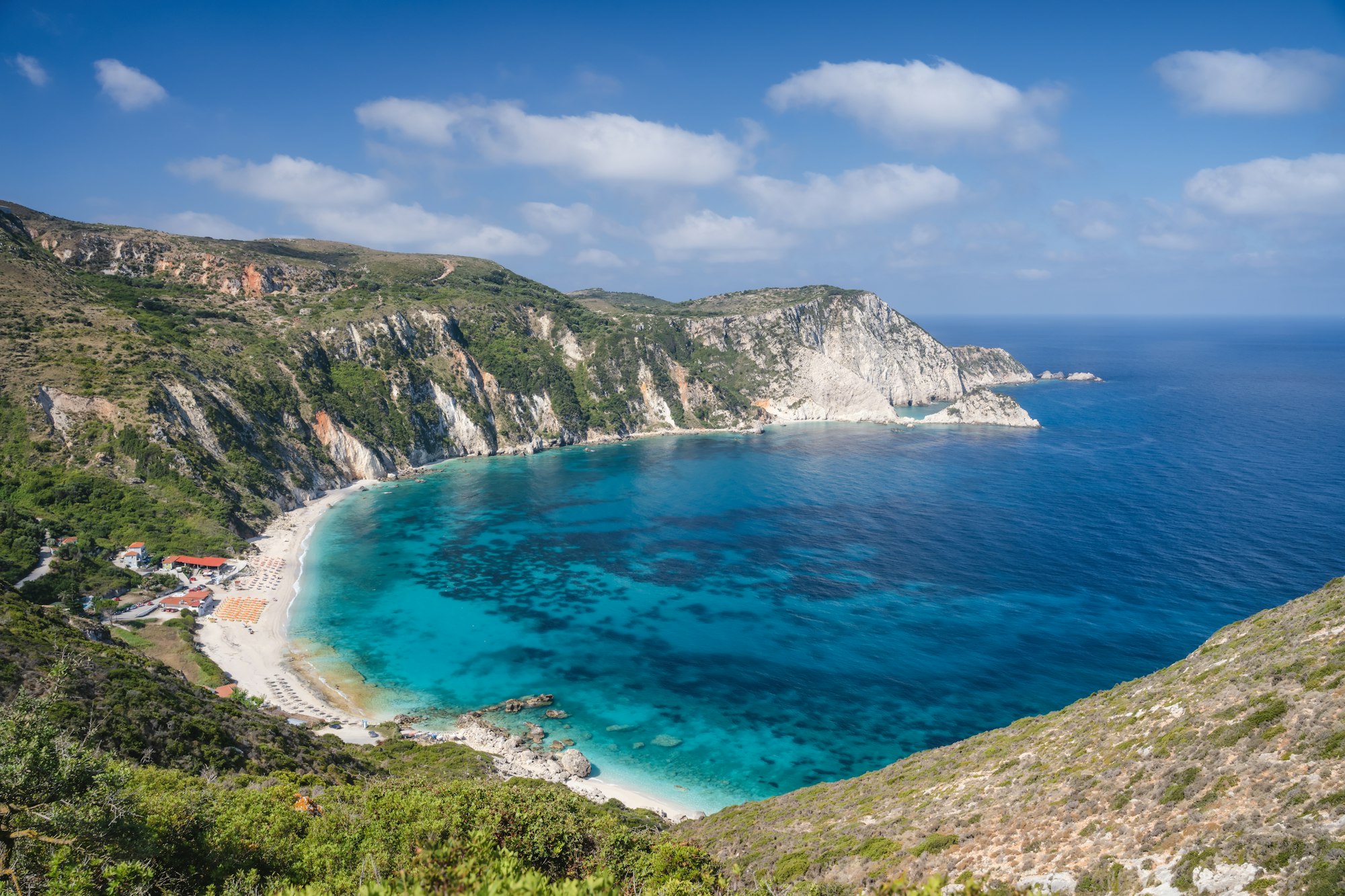Visiting Guinea offers a unique opportunity to explore a blend of natural beauty and cultural richness. The best time to visit Guinea in 2024 promises ideal weather conditions and a host of exciting activities and festivals. Whether you’re looking to delve into the history, indulge in local culinary delights, or simply relax amidst stunning landscapes, Guinea has something to offer every type of traveler. This guide provides essential tips and insights to help you make the most of your visit during the optimal travel period.
TLDR;
ToggleBest Time to Visit
The best time to visit Guinea is during the dry season, which runs from November to February. During these months, the weather is pleasant, with less rainfall and more comfortable temperatures. This period is also less humid, making it ideal for outdoor activities and exploration.
For those looking to avoid the crowds and still enjoy good weather, September and October are also favorable months to visit Guinea. The temperatures are mild, and you can take advantage of off-peak travel rates (Time Travella) (Travopo) (Trek Zone).
Climate and Weather
Guinea’s climate is tropical with a distinct wet and dry season. The wet season spans from June to October, characterized by heavy rains and high humidity. The dry season, from November to May, features more moderate temperatures and minimal rainfall, making it the preferred time for tourists.
Top 50 Places to Visit in Guinea
Conakry – The bustling capital city known for its vibrant markets and lively nightlife.
Îles de Los – A picturesque archipelago perfect for beach lovers.
Mount Nimba – A UNESCO World Heritage site offering stunning hiking trails.
Fouta Djallon Highlands – Known for its beautiful landscapes and waterfalls.
Badiar National Park – A haven for wildlife enthusiasts.
Kissidougou – Famous for its traditional crafts and markets.
Labé – The cultural heart of the Fouta Djallon region.
Siguiri – Home to ancient gold mines and historic sites.
Nzérékoré – A gateway to the rainforest and traditional tribal areas.
Kankan – Known for its historic mosques and vibrant culture.
Tinkisso River – Ideal for fishing and scenic boat rides.
Macenta – A lush area known for its tea plantations.
Kindia – Offers beautiful landscapes and hiking opportunities.
Dalaba – A highland town known for its cool climate and colonial architecture.
Boké – A port city with rich historical significance.
Mamou – Known as the “gateway to the Fouta Djallon.”
Pita – Offers stunning waterfalls and natural pools.
Gaoual – Rich in mining history and natural beauty.
Koumbia – Famous for its traditional music and dance.
Forested Guinea – A region rich in biodiversity and traditional villages.
Upper Guinea – Known for its historical significance and archaeological sites.
Central Mosque of Conakry – The largest mosque in Guinea.
National Museum of Guinea – Showcases the country’s rich cultural heritage.
Soumba Waterfalls – A popular spot for picnics and nature lovers.
Kankan University – One of the oldest universities in Guinea.
Koumbia Caves – Mysterious caves with ancient rock art.
Guinea National Zoo – Home to a variety of native wildlife.
Boffa – Offers beautiful beaches and historical sites.
Fria – Known for its bauxite mines and industrial significance.
Tata Castle – A historic fortress in the Fouta Djallon region.
Balayan-Souroumba National Park – A paradise for bird watchers.
Timbo – An ancient town with significant historical ruins.
Mandiana – Known for its gold mines and traditional culture.
Kouya – Offers scenic views and traditional villages.
Diécké – Rich in biodiversity and rainforest adventures.
Bissikrima – Famous for its vibrant markets and local crafts.
Mount Kakoulima – A popular hiking destination near Conakry.
Madina Oula – Known for its traditional healing practices.
Kolentin – Offers beautiful landscapes and traditional villages.
Kérouané – A town rich in diamond mining history.
Tougué – Known for its traditional music and dance festivals.
Telimélé – Offers scenic views and outdoor activities.
Koundara – A gateway to Senegal and known for its markets.
Dubréka – Offers beautiful waterfalls and hiking trails.
Bokari – A small town with rich cultural heritage.
Farako – Known for its scenic landscapes and outdoor activities.
Boffossou – A hidden gem with beautiful natural scenery.
Gberedou – Offers a unique blend of history and natural beauty.
Kolaboui – Known for its traditional pottery and crafts.
Kindoya – Offers scenic views and traditional cultural experiences.
Travel Tips
Currency: The official currency is the Guinean franc (GNF). It is advisable to carry some cash as credit card facilities may not be widely available.
Language: French is the official language, but several local languages are also spoken.
Health: Ensure you are up to date with routine vaccines and consider vaccinations for yellow fever, hepatitis A and B, and typhoid.
Safety: While Guinea is generally safe for tourists, it is always wise to stay informed about the current political and social climate.
Conclusion
In conclusion, Guinea offers a diverse and rich travel experience, with its optimal visiting period being from November to February. This guide aims to provide you with the latest information to plan your trip effectively, ensuring you enjoy all the beauty and culture that Guinea has to offer in 2024 (Time Travella) (Travopo) (Trek Zone).




